Dubai: Efforts were on Monday to rescue more than three dozen power plant workers trapped in a tunnel after part of a Himalayan glacier broke off and sent a wall of water and debris rushing down a mountain in India’s northern Uttarakhand state.
At least 18 people have died and 165 are missing.
More than 2,000 members of the military, paramilitary groups and police have been taking part in search-and-rescue operations after Sunday's flood, which destroyed one dam, damaged another and washed homes downstream.
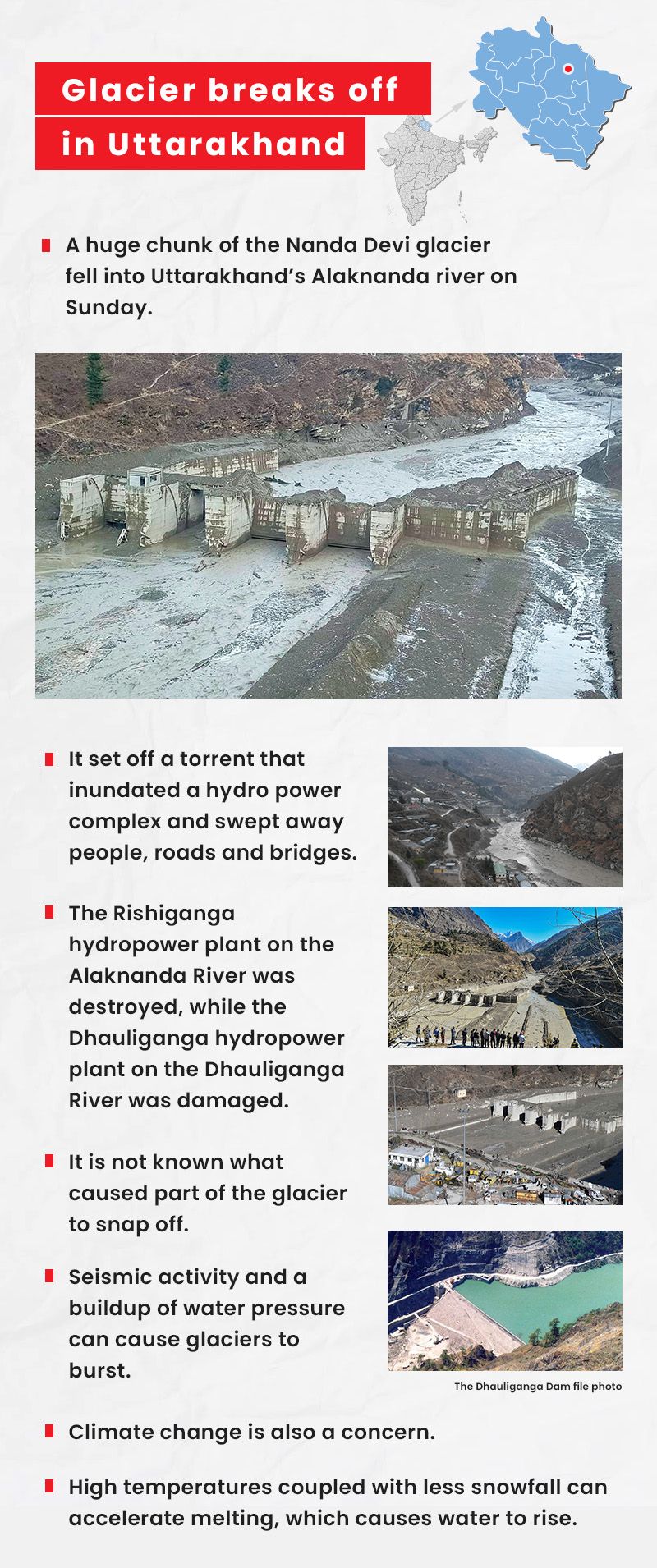
Officials said the focus was on saving 37 workers who are stuck inside a tunnel at one of the affected hydropower plants, agencies reported.
Here’s a look at what happened and why glaciers can be so dangerous.
WHAT DO WE KNOW ABOUT THE GLACIER?
The incident began on Sunday morning below Nanda Devi, India's second-highest peak. India's power minister, R.K. Singh, said an avalanche led to flash floods that swept away the small Rishiganga hydro electric project and damaged a bigger one further down the Dhauliganga river being built by state firm NTPC.
Video footage showed a torrent of water, rock and dust sweeping down a mountain valley, where workers were still constructing and maintaining the dams.

WHAT ARE THE POSSIBLE CAUSES?
While it is too early to conclusively determine how the disaster began, experts said heavy snowfall followed by bright sunshine led to excessive snow-melt, triggering a chain reaction that led to the avalanche.
"The area witnessed a heavy snowfall and then solar rays resulted in the melting of ice," said Ravi Chopra, director of the non-profit People's Science Institute in Uttarakhand state, where the incident took place, Reuters reported.
"On Sunday morning it was a bright, sunny day, and some of the snow started melting, which possibly led to an avalanche," Himanshu Thakkar, coordinator of the South Asia Network of Dams, Rivers and People, a research group, was quoted as saying by Reuters.
Vikram Gupta, a scientist at the federal government's Wadia Institute of Himalayan Geology, said investigators were studying whether a rise in temperatures led to the avalanche, but results would not be known until later in the week.
IS AN ASSESSMENT BEING PLANNED?
The Geological Survey of India (GSI) is planning to constitute a team of experts for the assessment of the glacier burst using physical mapping and satellite images.
Ranjeet Rath, Director General (DG), GSI, told the media that it is too early to predict the cause of the unfortunate incident as there are natural factors that trigger such a situation.
IN PICTURES: UTTARAKHAND GLACIER BREAKS
"One of our officers is already in Dehradun. We are also planning to constitute a team of experts who will visit the site and undertake a physical recce and use the data that is available through satellite images. We will do an assessment," he said.
HAS THIS HAPPENED BEFORE?
Incidents like Sunday's are rare so early in the year, but avalanches and flash flooding in the Himalayas are common during summer and monsoon months, as snow melt and heavy rains combine.
In June 2013, record monsoon rains in Uttarakhand caused devastating floods that claimed close to 6,000 lives.
Read more
A government report said while the disaster occurred as a result of natural hazards, human activity had contributed significantly.
"The disaster revealed several infirmities in our preparedness, which need to be rectified at the earliest," the report said, calling for limiting construction within flood plains and restrictions on blasting.
WERE THESE RECOMMENDATIONS FOLLOWED?
In 2019, residents of Raini - one of the villages worst affected by Sunday's avalanche - approached Uttarakhand’s top court, local media reported, asking the state government to investigate what they said were consistent breaches of the guidelines in the area.
The court ordered local officials to investigate the claims.
But experts said little has been done to curb the use of dynamite in construction, which significantly weakens the surrounding hills.
"It would definitely have had a major impact," Thakkar said.
"There have been clear violations." Om Prakash, Uttarakhand's top government bureaucrat, declined to comment on claims guidelines had been breached.
WHY DID THIS GLACIER BURST?
It's not yet known what caused part of the Nanda Devi glacier to snap off Sunday morning, sending floodwater surging downstream toward power plants and villages in India's northern state of Uttarakhand.
Seismic activity and a buildup of water pressure can cause glaciers to burst, but one particular concern is climate change. High temperatures coupled with less snowfall can accelerate melting, which causes water to rise to potentially dangerous levels.
"Most mountain glaciers around the world were much larger in the past and have been melting and shrinking dramatically due to climate change and global warming," said Sarah Das, an associate scientist at Woods Hole Oceanographic Institute.
CAN SUCH DISASTERS BE PREDICTED?
Past deadly or highly destructive glacial floods have occurred in Peru and Nepal.
But the remote locations of glaciers and a lack of monitoring mean we don't have a clear understanding of how often they occur and if they are increasing, Sarah Das, an associate scientist at Woods Hole Oceanographic Institute, said, according to AP.
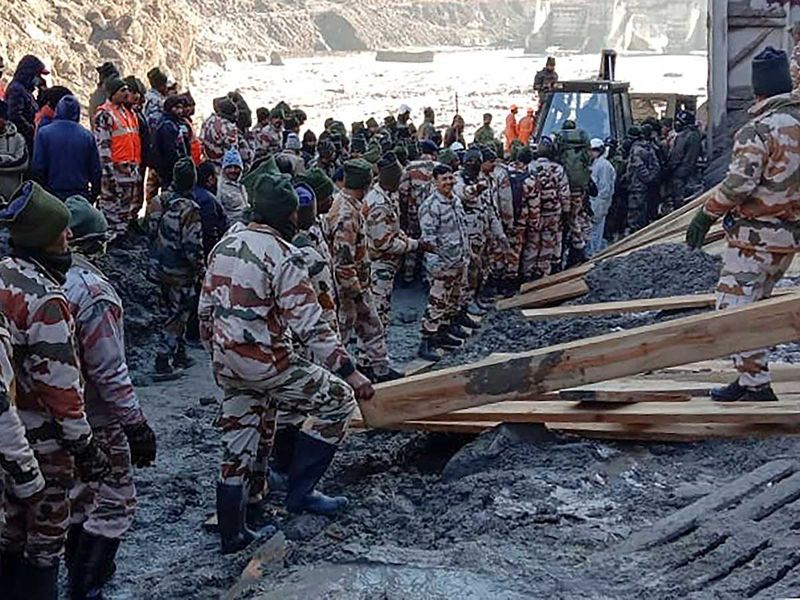
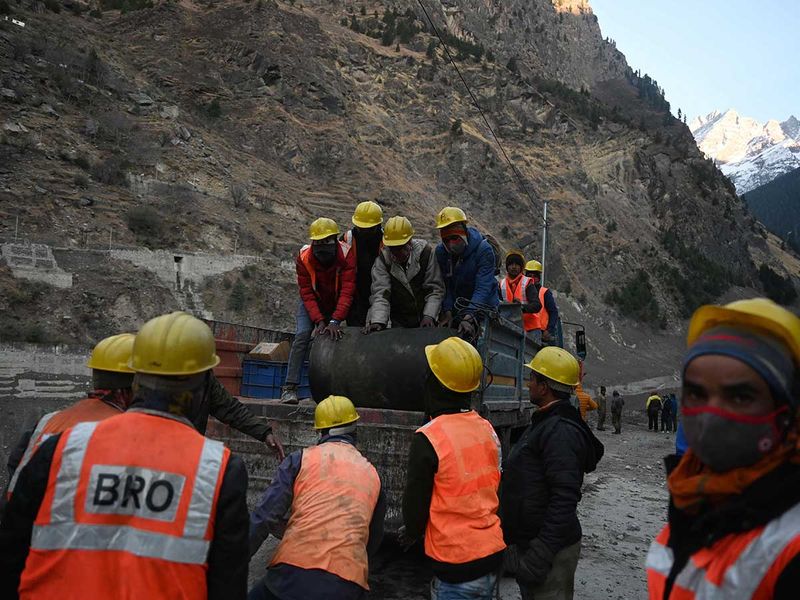
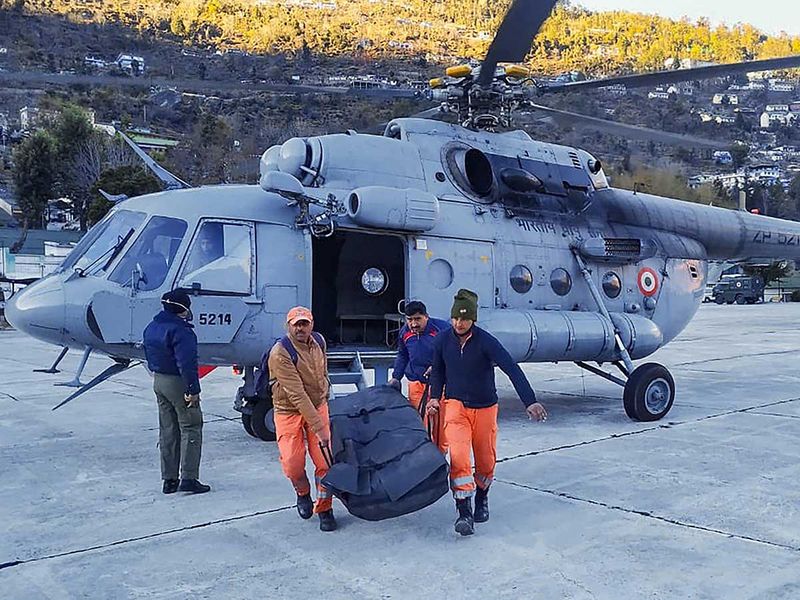
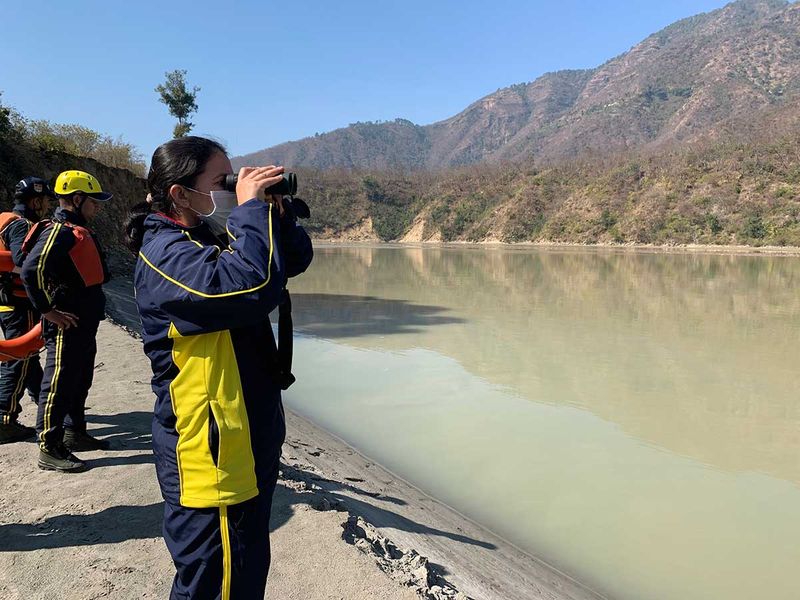

“Given the overall pattern of warming, glacier retreat, and increase in infrastructure projects, though, it seems natural to hypothesize that these events will occur more frequently and will become overall more destructive if measures are not taken to mitigate these risks,'' said Das.
A number of imminent potentially deadly glacier burst and flood situations have been identified worldwide, including in the Himalayas and South American Andes.
But while monitoring is possible, the remoteness of most glaciers presents challenges.
“There are many glaciers and glacial dammed lakes across the Himalayas, but most are unmonitored,'' Das said. “Many of these lakes are upstream of steep river valleys and have the potential to cause extreme flooding when they break. Where these floods reach inhabited regions and sensitive infrastructure, things will be catastrophic.”
WHERE ARE GLACIERS FOUND?
Glaciers are found on every continent except Australia and some are hundreds of thousands of years old. A large cluster of glaciers are in the Himalayas, which are part of India's long northern border. Sunday's disaster occurred in the western part of the Himalayas.
WHICH OTHER GLACIER WAS IN THE NEWS RECENTLY?
A 110-square-km slab of ice broke off the Nioghalvfjerdsfjorden Glacier in Greenland in August 2020.
The vulnerable glacier, known as N79, is part of a broader flow of ice called the Northeast Greenland Ice Stream, situated where it flows off the land and into the ocean.
In July another large ice shelf structure in the Arctic lost significant area - the Milne Ice Shelf on the northern margin of Canada’s Ellesmere Island lost 80 sq km. Milne was the largest intact remnant from a wider shelf that covered 8,600 sq km at the start of the 20th Century.
The summer of 2019 shattered all records with 532 billion tonnes of ice melting in Greenland, according to satellite measurements reported in a study in August. That’s far more than the yearly average loss of 235 billion tonnes since 2003.
from World,Europe,Asia,India,Pakistan,Philipines,Oceania,Americas,Africa Feed https://ift.tt/36TCyh0
No comments:
Post a Comment